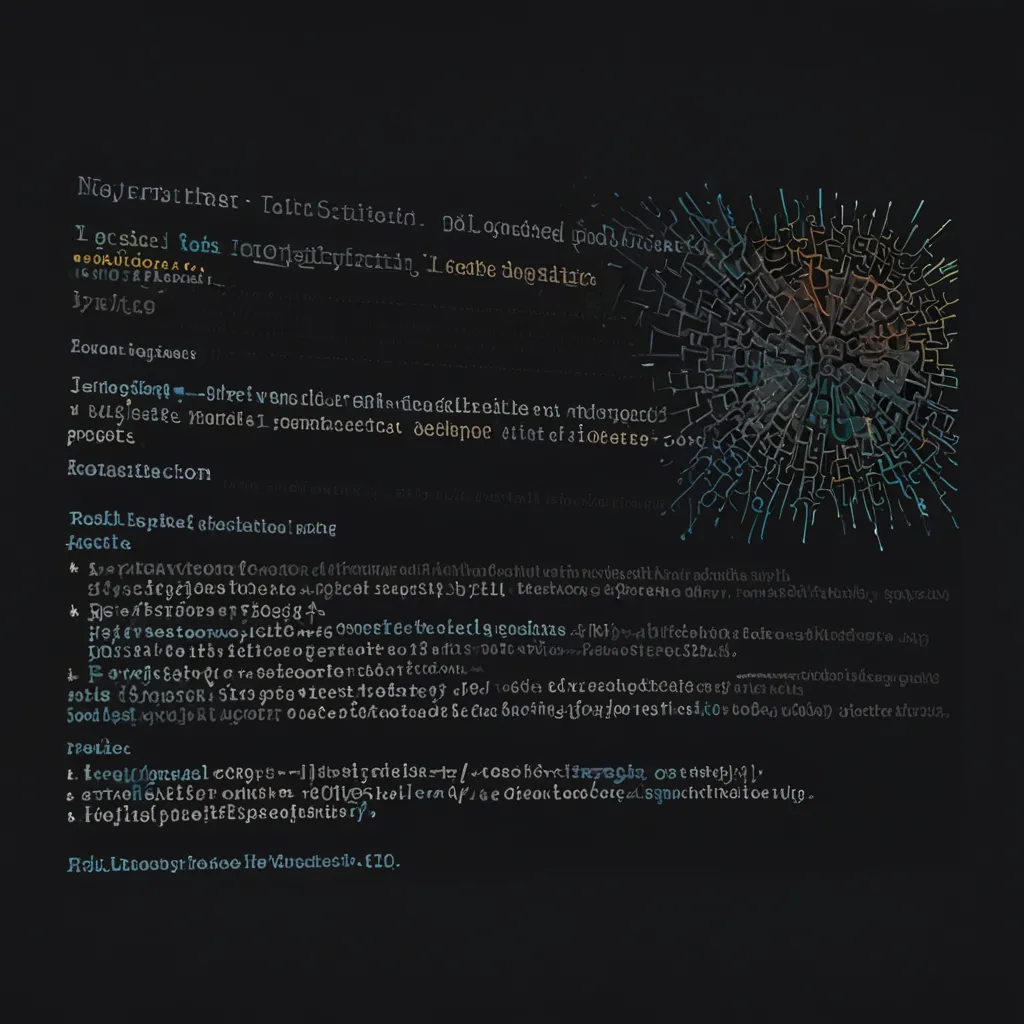Creating a killer website or a slick web application is no small feat. One of the trickiest hurdles you’ll probably face is making everything work smoothly across different browsers and their various versions. That’s where JavaScript polyfills come to the rescue. Polyfills are bits of code that give you the modern JavaScript functionalities on older browsers that don’t support them natively, ensuring your app works for everyone.
Picture this: You stumble upon a fantastic new JavaScript feature like Array.prototype.includes or Promise. But then, the bubble bursts when you realize that older browsers like Internet Explorer won’t support these cool new tricks. Enter polyfills. These scripts add modern features to those aging browsers, filling the gap where the technology is missing. The name “polyfill” even suggests material that fills voids and cracks, making everything smooth.
So, how do polyfills actually do their magic? They work based on three basic principles: feature detection, conditional loading, and functionality implementation. First up, feature detection checks if the browser supports the feature you want. If it doesn’t, the polyfill steps in and provides the necessary function, ensuring your code runs uniformly across various browsers.
For instance, if you want to use Array.prototype.includes but it’s a no-go on the older browsers, a polyfill checks for this missing support and implements the method using older JavaScript syntax that the browser can understand. Here’s a quick example of how you might roll out a polyfill for Array.prototype.includes:
if (!Array.prototype.includes) {
Array.prototype.includes = function(searchElement /*, fromIndex*/) {
'use strict';
var o = Object(this);
var len = parseInt(o.length) || 0;
if (len === 0) {
return false;
}
var n = parseInt(arguments) || 0;
var k;
if (n >= 0) {
k = n;
} else {
k = len + n;
if (k < 0) {k = 0;}
}
var currentElement;
while (k < len) {
currentElement = o[k];
if (searchElement === currentElement ||
(searchElement !== searchElement && currentElement !== currentElement)) {
return true;
}
k++;
}
return false;
};
}
In this bit of code, the polyfill kicks in if the includes method isn’t supported and defines it using a fallback implementation that plays nice with even old-school browsers.
JavaScript is based on the ECMAScript standard, which gets regular updates bringing in new features and improvements. Yet, these updates don’t hit all browsers at once. Newer browsers might support the latest ECMAScript features, but older ones drag their feet. That’s when polyfills become lifesavers, letting you use modern JavaScript features on older browsers.
Take the ES6 release, for example. It brought a treasure trove of new goodies like Promise, Map, Set, and Symbol. Older browsers, however, showed them the cold shoulder. Polyfills swoop in to ensure these features work across all browsers, maintaining a consistent user experience everywhere.
So, how do you get polyfills into your projects? You can either include the polyfill script right in your HTML or install it via a package manager. One popular method is using Babel to transpile your ES6 code into ES5, which can run on older browsers. Here’s a simple plan to get you started:
- Environment Setup: First, install Node.js and set up your project directory.
- Install Babel: Use npm to install Babel CLI, core, and preset-env.
- Transpile Code: Use Babel to convert your ES6 code into ES5.
- Include Polyfill: Add the Babel polyfill file to your
index.htmlto ensure smooth sailing on older browsers.
Don’t forget about security while you’re adding all these useful polyfills. Just like any other piece of code, polyfills can come with risks. A recent scare involved a popular polyfill project that was hijacked, and malicious code was embedded into JavaScript assets fetched from a CDN. This mess affected over 100,000 websites, including major companies. So, it’s crucial to make sure that the polyfill libraries you use are secure and up-to-date.
Native implementations of APIs are usually faster and more efficient than polyfills. However, if you need those polyfills for backward compatibility, go for lightweight options and ensure they load only when necessary. This approach keeps your performance optimized while offering support for older browsers.
Polyfills aren’t just theoretical concepts; they’re practical tools utilized in real-world applications. Remember the first version of jQuery? It was essentially a polyfill, providing a common API that worked across different browsers. Back then, browsers implemented JavaScript differently, leading to major compatibility headaches. JQuery stepped in to save the day, smoothing out the discrepancies and making web development much more manageable.
In conclusion, polyfills are indispensable for web developers. They help create web apps that work flawlessly across various browser versions. By understanding how polyfills work and how to use them properly, you can make sure your website offers a seamless user experience for everyone, no matter what browser they’re using. So, as you embark on your next web project, remember to leverage these handy scripts to bridge the gap between old and new, making your site a universally delightful experience.






